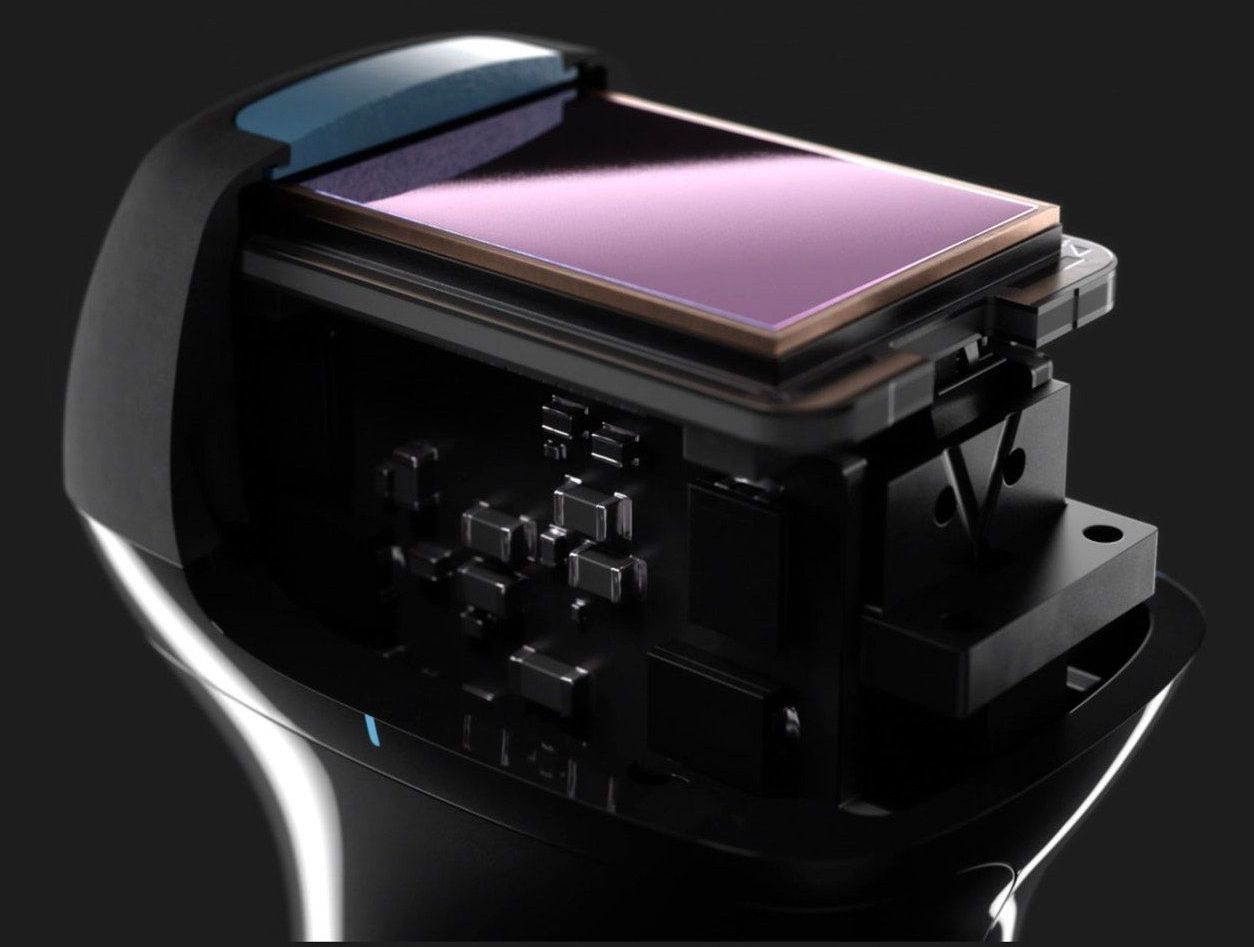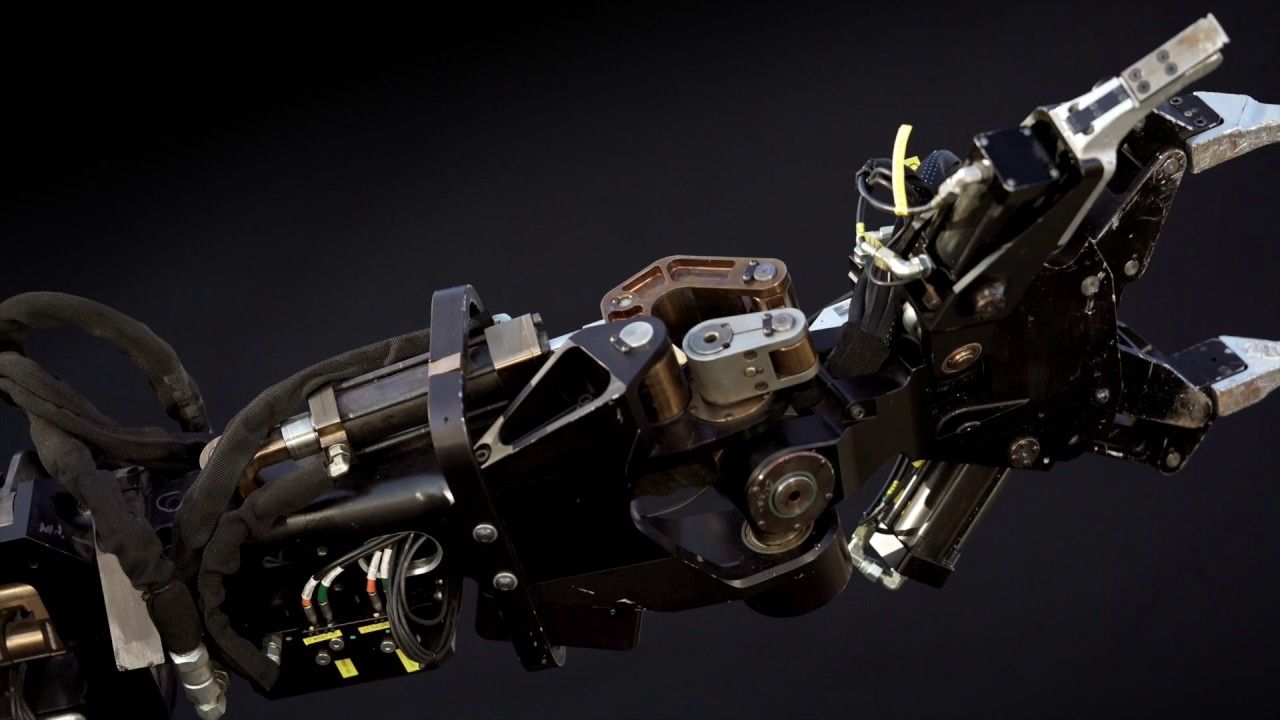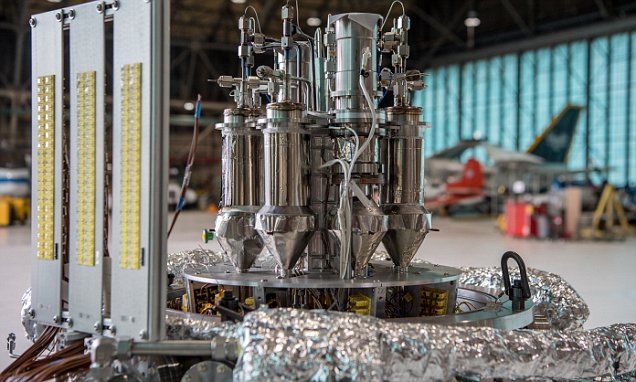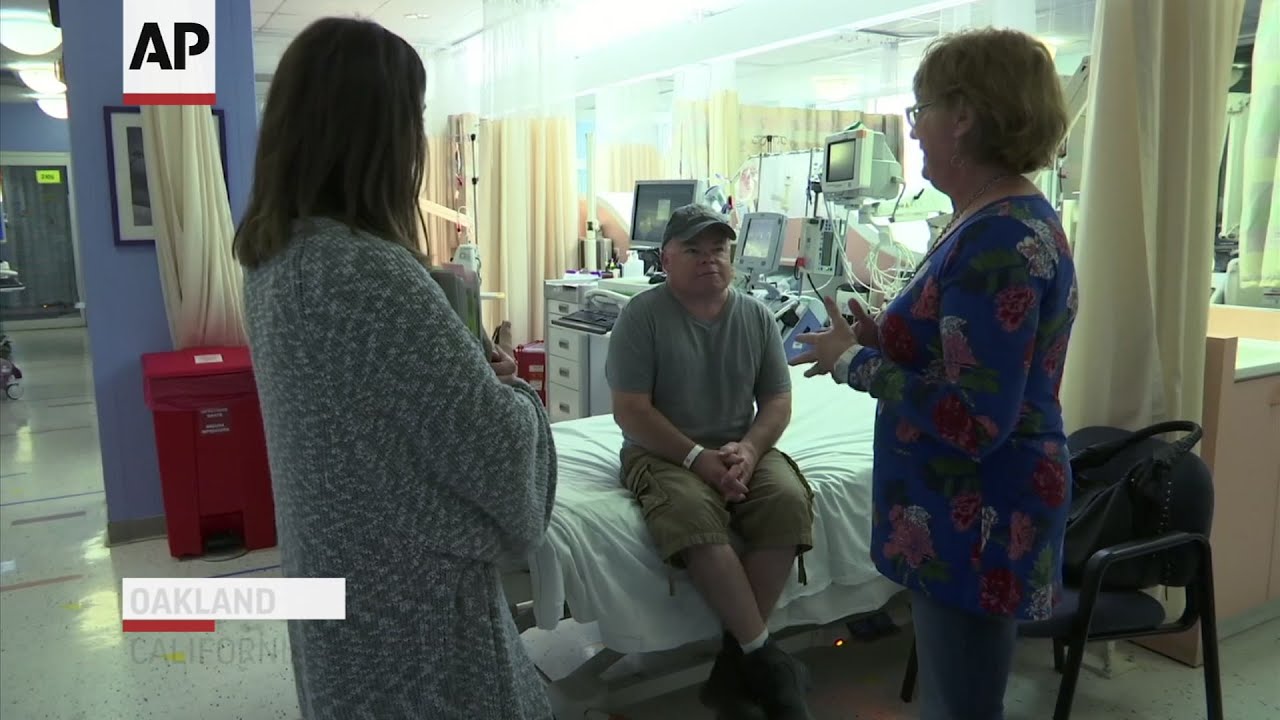Two-thirds of the world’s population doesn’t have access to medical imaging. A company called Butterfly Network is trying to change that.
Have you ever lifted half a ton? With the Guardian GT, a set of robotic arms, you could do so with as little as two kilogram (five pounds) of force, allowing you to have superhuman strength.
Elon Musk recently made headlines asserting that, in order for us to both progress and survive as a species, we must merge with machines and become cyborgs. And, as climate change rages onwards and the biological difficulties of completing a human mission to Mars become ever more apparent, many are beginning to agree.
[p]Patients with junctional epidermolysis bullosa (JEB) carry mutations in genes that encode components of the basement membrane, which ensures the integrity between the epidermis and the dermis, such as laminin-332. These mutations cause blistering of the skin and chronic wounds. Following initial treatment of an adult patient with a limited affected region, Michele De Luca and colleagues reconstruct the full epidermis of a 7-year-old patient with autologous transgenic cells transduced with a virus vector carrying the non-mutated form of laminin-322.
Not sure what to think of this, opinions thoughts??
Written By Amanda Froelich Truth Theory
In a move that can only be considered controversial, the first pig-human hybrid has been successfully created in a lab. Researchers managed to grow human cells inside early-stage pig embryos, which led to the creation of the first pig-human hybrids ever made. The result is described as interspecies chimeras.
Though the experiment is still in its early days, scientists think the “breakthrough” would possibly one day lead to lab-grown human organs that would be transplanted into people who need them. If the experiment is successful, hundreds of thousands of lives could be saved.
Only a few weeks after a team of experts warned Congress that the nation faces an “existential threat” from North Korea from a possible electromagnetic pulse attack, a new report says the rogue nation is mapping a specific plan.
Paul Bedard at the Washington Examiner wrote in his “Washington Secrets” column that the White House “is being warned that North Korea is mapping plans for a ‘devastating’ attack on the United States with an atmospheric nuclear explosion that would disable the nation’s electric grid, potentially leading to the deaths of virtually all impacted.”
He said President Trump “is being urged to create a special commission to tackle the potential for an electromagnetic pulse attack, one similar to the iconic Manhattan Project.”
NASA is set to begin testing a radical ‘nuclear engine’ that could provide power for astronauts on the Martian surface.
Dubbed the ‘Kilopower’ it would use a uranium rector the size of a toilet roll to create heat.
A high efficiency Stirling engine would then convert this to electricity, in a system that works in a similar way to a car engine.
NASA’s Kilopower engines will use a uranium rector the size of a toilet roll to create heat, then a high efficiency Stirling engine would convert this to electricity.
A controversial plan to cool down the planet by artificially simulating volcanic eruptions could have disastrous consequences for Earth—yet there are no laws or regulations to stop any country or private company from deploying such technology.
Solar geoengineering is one of the proposed ways to artificially reduce global temperatures. It is often seen as one of the most extreme options—but also potentially one of the most effective. It involves injecting aerosols into the atmosphere. When the gas combines with oxygen, droplets of sulfuric acid form. These droplets reflect sunlight away, cooling the planet in the process. All good in theory, but the consequences of solar geoengineering are largely unknown.
In a study published in Nature Communications, scientists led by Anthony Jones, from the University of Exeter, U.K., have now examined what would happen if solar geoengineering was used in the Northern Hemisphere to try to prevent global warming and the extreme weather that goes with it—in this case tropical cyclones.
For the first time ever, scientists have attempted to cure a person’s disease by editing a gene inside the body.
Scientists used an IV to inject a patient with billions of copies of a corrective gene and a genetic tool to cut his DNA in a specific spot. “We cut your DNA, open it up, insert a gene, stitch it back up.”
Scientists have edited people’s genes in the past, but that work involved altering cells inside a lab and then returning them to the body, whereas the latest experiment was performed inside a person’s body.
He is the first patient to receive an experimental gene therapy as part of a clinical trial. Earlier this week, Sangamo Therapeutics injected Madeux with viruses containing a package of gene-editing material, according to the AP. The hope is that these viruses will enter Madeux’s cells, specifically liver cells, inject the missing gene at the right place in his DNA. Only about 1% of the liver’s cells need to be fixed, and give his liver the ability to produce the enzyme he has been missing all his life.
Brian Madeux’s life hasn’t been easy. So far, he’s had 26 operations to fix problems in everything from hernias to eyes. He has a rare disease called Hunter syndrome, which is caused by the lack of a gene that’s used to produce an enzyme that breaks down certain carbohydrates. As a result, the carbohydrates build up in his body’s cells causing all sorts of problems.
There is no cure. One way to deal with some of the symptoms is to receive regular doses of the missing enzyme, which may cost him in the US between $100,000 and $400,000 per year. Even then, the enzyme won’t reverse the damage made already and it won’t stop further deterioration that happens in the brain.
But Madeux’s life might be about to change. He is the first patient to receive an experimental gene therapy as part of a clinical trial. Earlier this week, Sangamo Therapeutics injected Madeux with viruses containing a package of gene-editing material, according to the AP. The hope is that these viruses will enter Madeux’s cells, specifically liver cells, inject the missing gene at the right place in his DNA. Only about 1% of the liver’s cells need to be fixed, and give his liver the ability to produce the enzyme he has been missing all his life.









